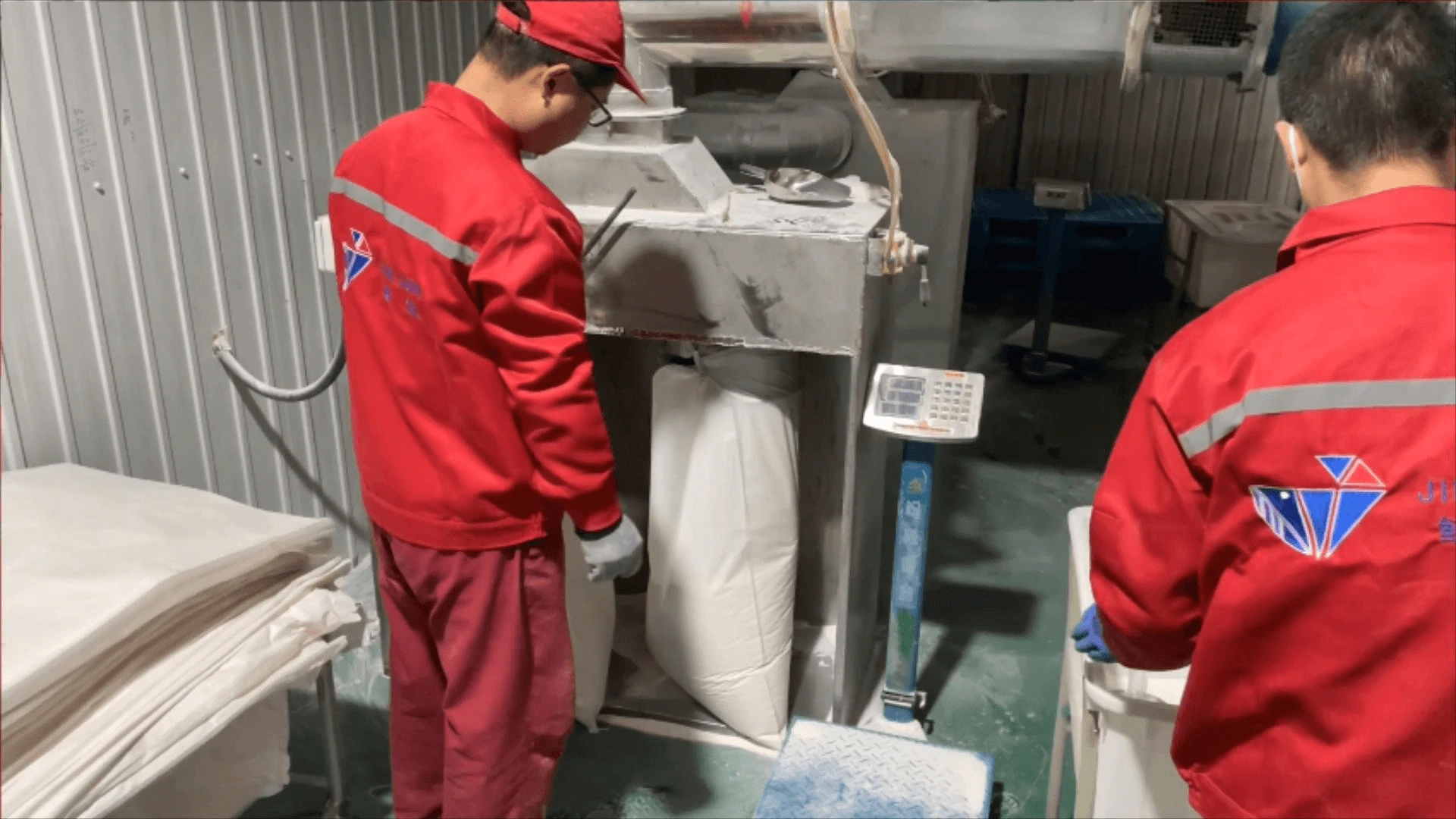
Dec . 04, 2024 13:59 Back to list
Exploring the Properties and Applications of Cellulose Ether HPMC in Various Industries
Understanding Hydroxypropyl Methylcellulose (HPMC) A Versatile Cellulose Ether
Hydroxypropyl methylcellulose (HPMC) is a widely utilized cellulose ether, known for its unique properties and versatility in various applications. As a non-ionic polymer derived from cellulose, HPMC is produced by chemically modifying cellulose with hydroxypropyl and methyl groups, which enhances its solubility in water and transforms its functional characteristics. This article explores the properties, applications, and significance of HPMC in different industries.
Properties of HPMC
One of the most impressive features of HPMC is its water solubility. Unlike many other cellulose derivatives, which may be insoluble or only partially soluble in water, HPMC dissolves readily to form clear solutions at various concentrations. This property is particularly advantageous in many applications, including construction, pharmaceuticals, and food products.
The viscosity of HPMC solutions can be adjusted by altering the degree of substitution of hydroxypropyl and methyl groups during the manufacturing process. This allows formulators to customize the viscosity to suited levels for specific applications, ranging from low-viscosity coatings to high-viscosity pastes.
Additionally, HPMC is known for its thermal stability and large molecular weight, which contributes to its excellent film-forming ability. This quality makes it a popular choice for developing coatings, gels, and thickening agents. Furthermore, HPMC is also resistant to enzymes and organic solvents, enhancing its durability and performance in various environments.
Applications of HPMC
cellulose ether hpmc

1. Construction Industry One of the predominant uses of HPMC is in the construction sector, where it is utilized as a thickening agent and water-retaining agent in cement and gypsum-based materials. HPMC enhances workability, improving the application of mortars and plasters while preventing rapid drying. Its addition increases the tensile and flexural strength of building materials, making structures more robust.
2. Pharmaceuticals In pharmaceuticals, HPMC serves as a binder and film-coating agent in tablet formulations. It is often used in controlled-release drug delivery systems, providing a sustained release of medication over time. Additionally, HPMC is recognized for its ability to improve the bioavailability of certain drugs, making it an essential ingredient in many pharmaceutical formulations.
3. Food Industry In the food industry, HPMC is used as a thickener, emulsifier, and stabilizer. It can modify the texture of food products, providing creaminess and mouthfeel without adding fat. It is often found in processed foods, ice creams, sauces, and dressings, offering an excellent solution for improving product quality.
4. Personal Care Products HPMC is also a key ingredient in personal care products, including shampoos, lotions, and creams. Its thickening and film-forming properties contribute to stability and aesthetic appeal in formulations, providing a luxurious feel in end products.
5. Cosmetics In the cosmetic industry, HPMC is used as a binder and emulsifier. Its ability to enhance the texture and viscosity of cream products has made it a staple ingredient in various skincare and makeup formulations.
Conclusion
In conclusion, hydroxypropyl methylcellulose (HPMC) stands out as an incredibly versatile cellulose ether with a wide range of applications across various industries. Its unique properties, such as water solubility, adjustable viscosity, and film-forming ability, make it an invaluable component in construction, pharmaceuticals, food, and personal care products. As industries continue to innovate and improve formulations, the importance of HPMC is likely to expand, solidifying its role as a vital ingredient in modern manufacturing and product development. Whether you are mixing mortar, formulating a new drug, or developing a food product, HPMC remains a reliable ally in achieving desired outcomes.
-
Versatile Hpmc Uses in Different Industries
NewsJun.19,2025
-
Redispersible Powder's Role in Enhancing Durability of Construction Products
NewsJun.19,2025
-
Hydroxyethyl Cellulose Applications Driving Green Industrial Processes
NewsJun.19,2025
-
Exploring Different Redispersible Polymer Powder
NewsJun.19,2025
-
Choosing the Right Mortar Bonding Agent
NewsJun.19,2025
-
Applications and Significance of China Hpmc in Modern Industries
NewsJun.19,2025







